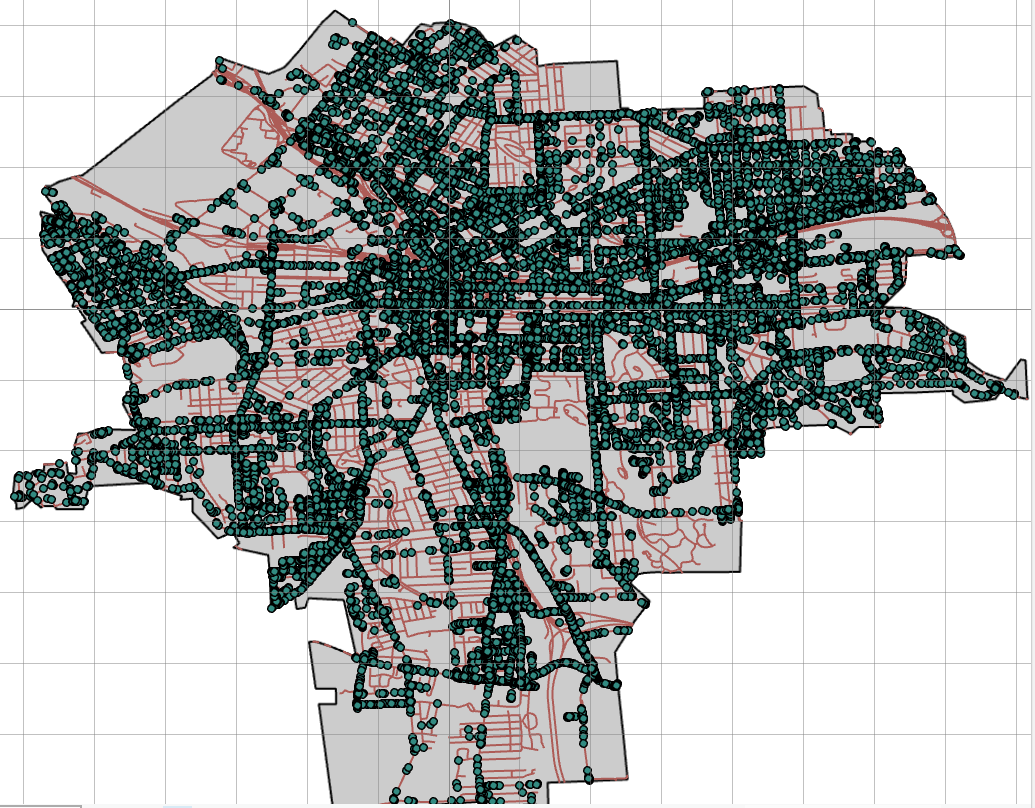| Snow plowing is a common urban planning practice in cities of northern US. Each of these cities has been implementing its snowplow strategy for decades. Lots of studies mainly focus on snowplow efficiency through the lens of engineering design. The route design, plow priorities, and plow frequencies are apparently rooted in experience. It is surprising that there is no study on whether snowplow coverage and frequency are appropriate for achieving social and economic equality. In this study, we tackle this issue from geospatial perspective and perform GIS analyses for three tasks. First, determining spatial distribution of snowplow frequencies in a few days over multiple years and quantifying the temporal patterns of the distribution. Second, generating equality indices for physical environment and socioeconomic status of residents in the studied city. Third, linking the patterns of snowplowing frequencies to those of equality indices to identify the areas with environmental injustice. |  |

